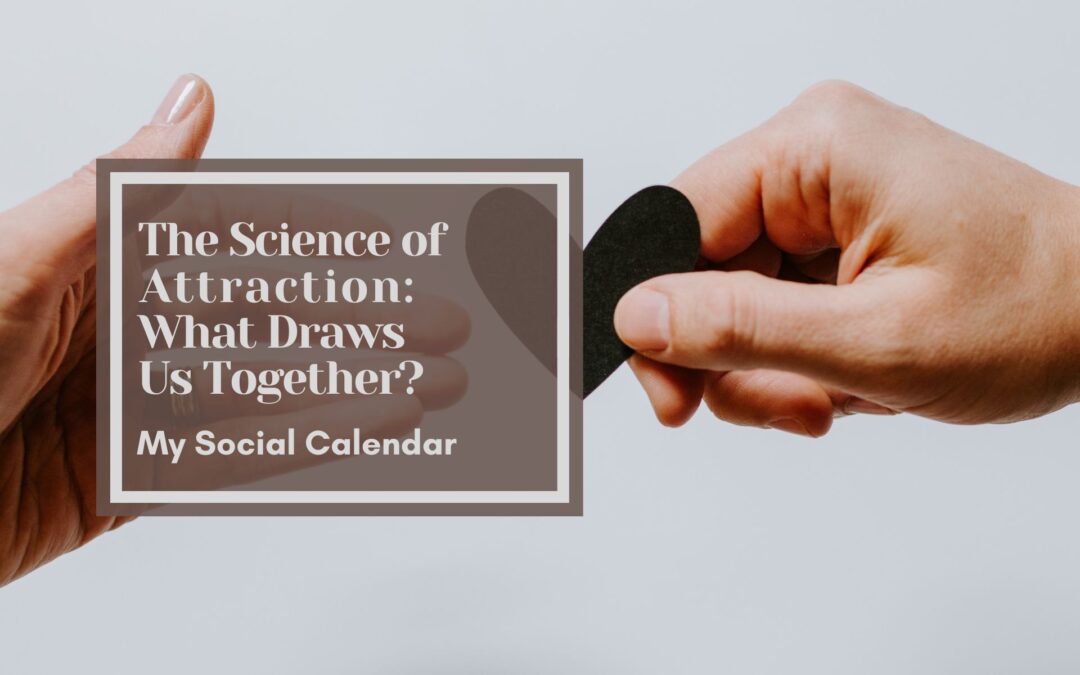The quest to understand the mysterious force that draws people together has captivated minds for centuries. No, it’s not just the elusive answer to Haddaway’s question, “What is Love?” but an exploration into the intricate world of human attraction. Buckle up, as we delve into the science behind the irresistible pull that brings two hearts closer.
Picture this: you catch sight of someone who sends your heart racing, and suddenly, your palms are sweating, and words seem to escape you. It’s a scenario as old as time, but it’s not your heart taking the lead; it’s your brain orchestrating a symphony of chemicals that can be neatly categorized into three types: lust, attraction, and attachment.
Lust, the primal urge for sexual gratification, kicks off the chemical ballet. It’s the brain’s way of ensuring the perpetuation of our species, with the hypothalamus playing the role of conductor, stimulating the release of testosterone and estrogen. Yes, both sexes have a stake in the game, as testosterone fuels libido universally.
Attraction, the exhilarating rollercoaster of emotions in the early stages of a relationship, is orchestrated by dopamine, norepinephrine, and serotonin. These neurotransmitters create a cocktail of giddiness, euphoria, and even a decreased appetite and insomnia. It’s the brain’s reward pathway in action, explaining why those initial weeks of a romance feel so intoxicating.
Now, let’s talk attachment, the glue that binds long-term relationships. Oxytocin, aptly nicknamed the “cuddle hormone,” takes center stage, fostering bonds during activities like sex, breastfeeding, and childbirth. Paired with vasopressin, it steers the ship of companionship, whether in friendships, parent-infant bonding, or various other intimacies.
Yet, this chemical love story isn’t all sunshine and rainbows. Love, it seems, has a dark side. Dopamine, the pleasure-inducing hormone, can lead to addiction-like behavior, mirroring the brain’s response to substances like cocaine. Oxytocin, in excess, might fuel not just warm feelings but also prejudice.
And then there’s the brain’s penchant for turning off rational thinking in the face of love-induced embarrassment. It seems love has the power to make us a little less sharp, a tad more irrational, and maybe even a touch foolish.
While we’re on the brink of deciphering the intricate chemistry behind love, it remains a work in progress. Love, with its mix of hormones and emotions, is a double-edged sword – capable of being the best and worst thing for us. So, the next time you find yourself caught in the whirlwind of attraction, remember, it’s not just your heart at play; it’s the complex symphony of chemicals orchestrating the dance of love in your brain.

